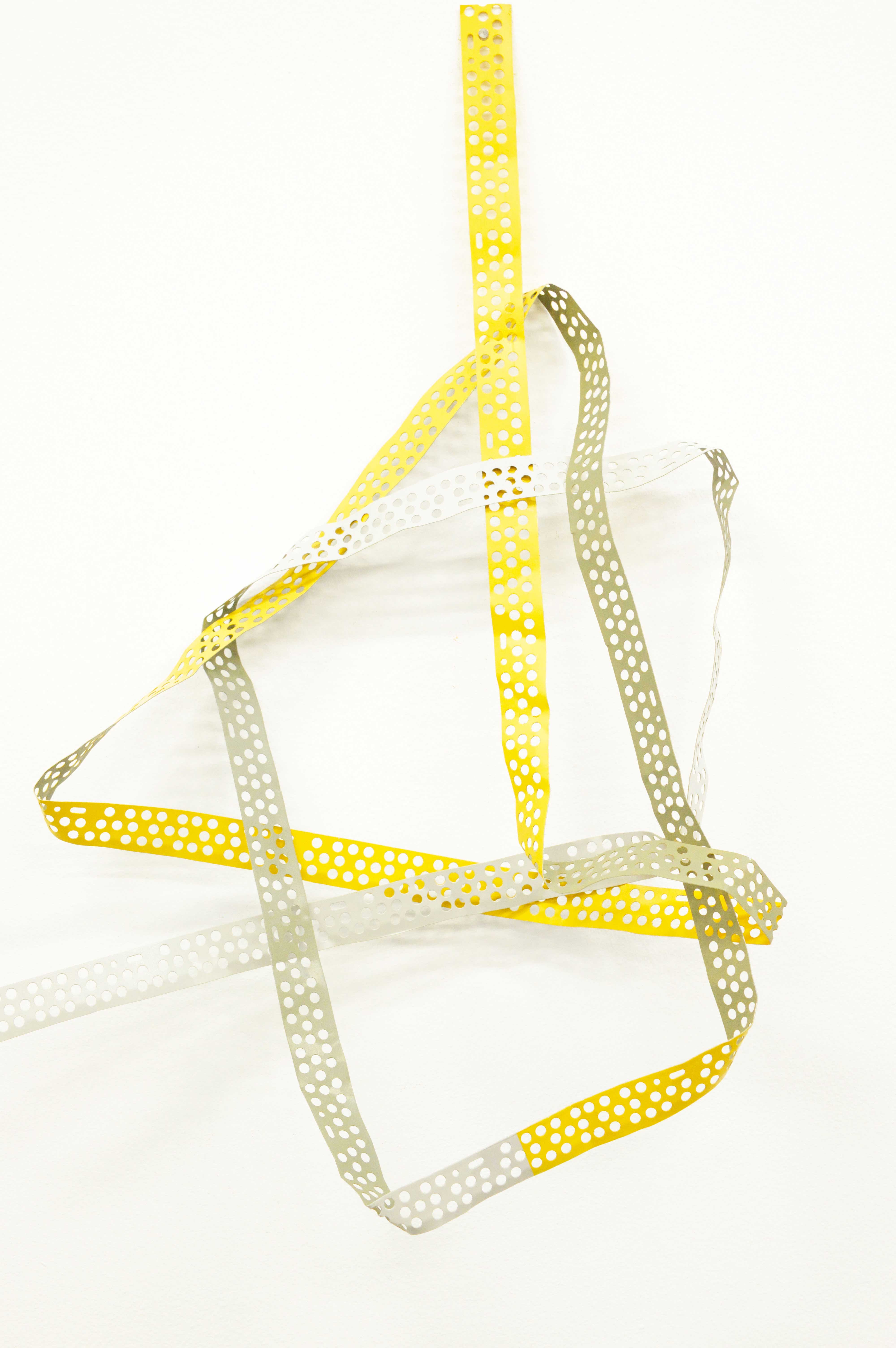CURATED BY CHARLOTTE CORNISH
‘Faced with the infinite multiplicity of digital files, the uniqueness of the art object needs to be reasserted.’*
The artists in Infinite Variety are linked by the post-Internet context in which they produce their material art objects. Charles Dennington, James L. Marshall, Charles O’Loughlin, Andre Piguet and Andie Tham each continue to value the physicality of the art object in their practices, despite the embedment of contemporary culture in the digital realm. The permeation of technology and rise of Internet cultures has been the defining cultural and generational shift in the Western world among artists born after 1980 – the last generation to have known a time before the Internet existed. The relationship between art and life, the real and virtual, is now seemingly in a state of flux, as now one cannot escape digitisation in some form.*
Charles Dennington’s practice investigates how objects are formed and come to have assigned roles by possessing identified functional qualities. Dennington constructs objects out of low-fi materials to investigate their authenticity, for example, a piece of foam that is repurposed to look like a building brick.
James L. Marshall creates work that encourages experience rather than passivity. Marshall’s work contains recognisable symbols and strange interventions, creating objects and spaces that oscillate between the real and virtual, and the temporary and fixed.
Charles O’Loughlin reconfigures found and discarded materials into art objects, which are formed as an aesthetic counterpart to his process of manually recording and predicting information about his daily life. The materiality, colour and composition of each piece is resolved through a consideration of how to visually translate statistical data.
Andre Piguet’s textural monochrome paintings explore decentralised compositions that suggest continuation beyond the edges – cropped from an infinite foreign space. Alongside his material works, Piguet creates web-based meta-paintings – both as an outlet for examining potential exhibition scenarios and for creating work that cannot be materially realised.
Andie Tham reconfigures everyday household objects into delicate bronze works constructed from handmade cardboard casts. Her forms are based on the idea of re-making the readymade through process-based methods to question high and low art forms and the perception of everyday objects. Her paintings of vessels purposefully skew plain sight of the image beneath, further investigating how images in contemporary culture are constructed and distorted.
Charlotte Cornish
* Bishop, Claire, ‘Digital Divide: Contemporary Art and New Media’, Artforum, September 2012, p. 3.
* Groys, Boris, ‘The Loneliness of the Project’, New York Magazine of Contemporary Art and Theory, Issue 1.1, 2002, p. 79
